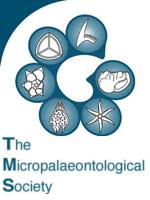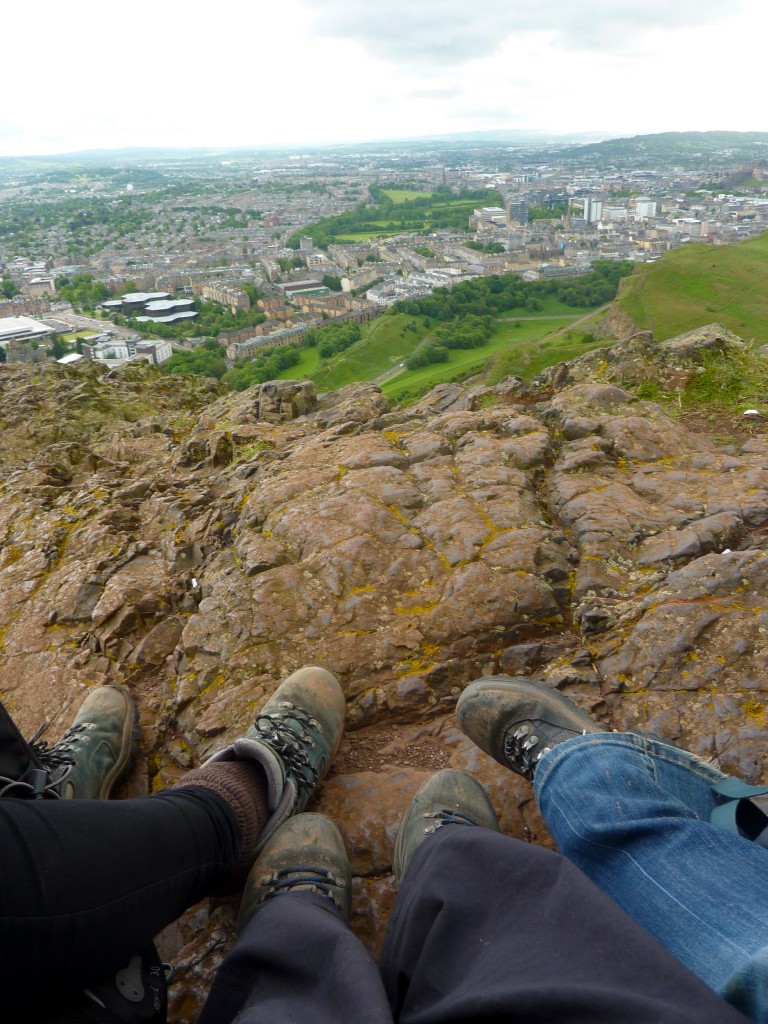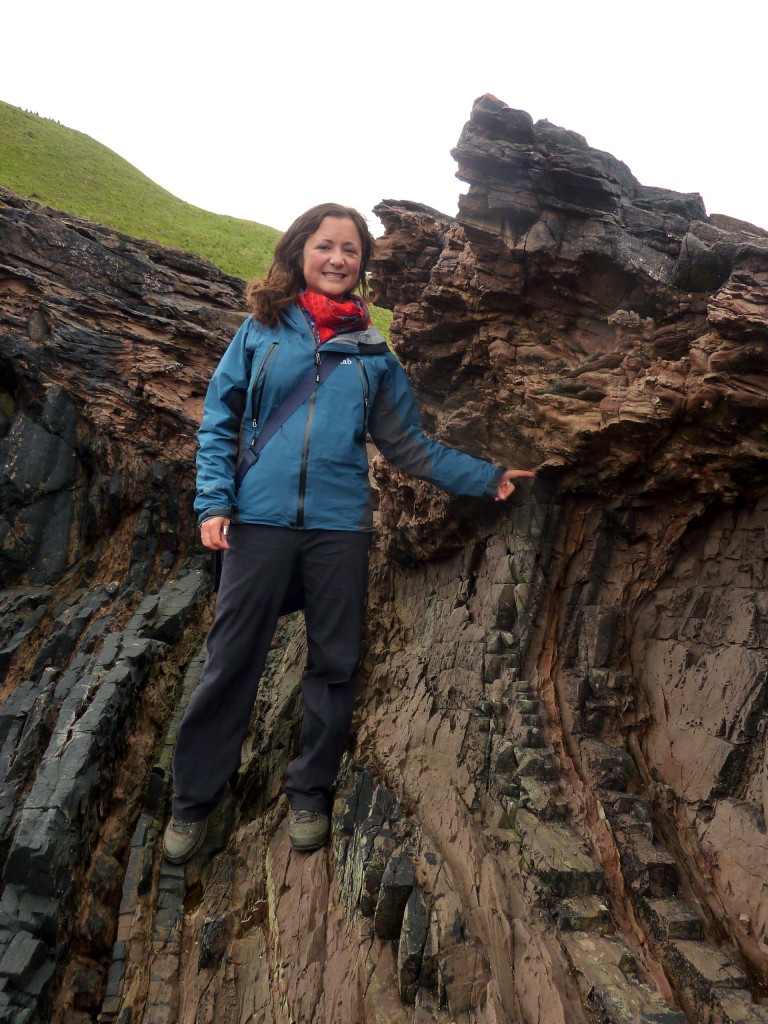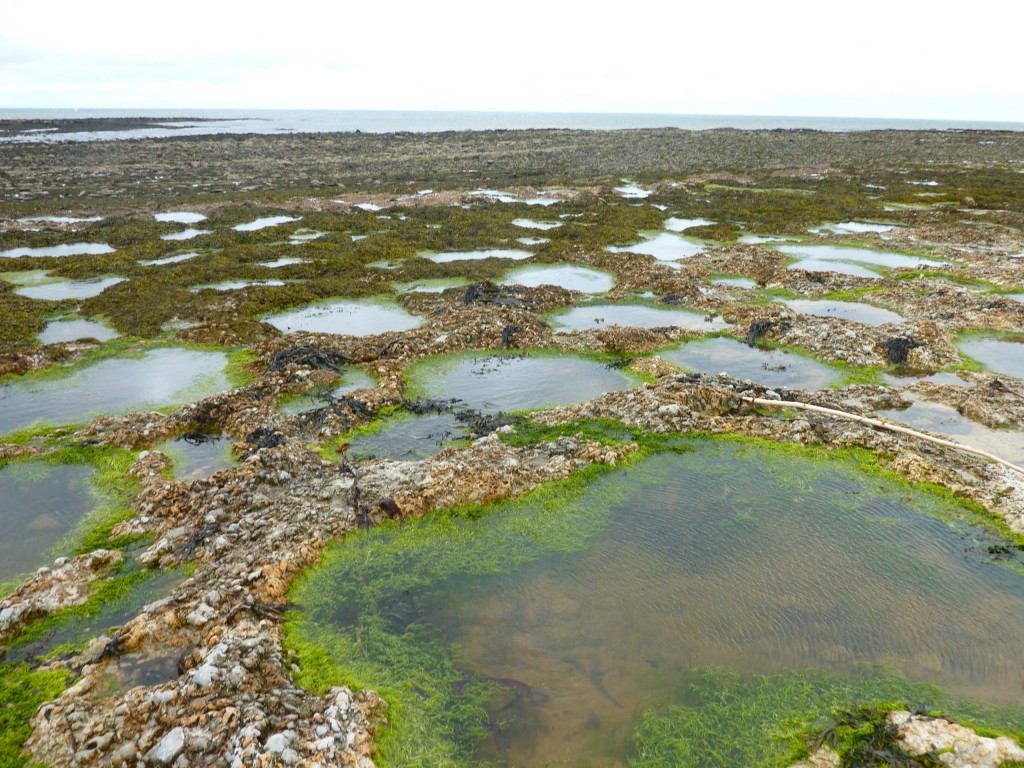Icehouse goes to TMS meeting on Edinburgh
Eleanor John and Kirsty Edgar report from Edinburgh
 This year, ‘The Micropalaeontological Society Foraminifera and Nannofossil Groups Joint Meeting’ (or TMS for short!) was held at the University of Edinburgh from 21-23rd June. Professor Paul Pearson, Drs Tom Dunkley-Jones, Kirsty Edgar, Eleanor John and PhD student Isabel Fenton from the ‘Descent into the Icehouse’ team were in attendance along with around 80 other eager micropalaeontologists.
This year, ‘The Micropalaeontological Society Foraminifera and Nannofossil Groups Joint Meeting’ (or TMS for short!) was held at the University of Edinburgh from 21-23rd June. Professor Paul Pearson, Drs Tom Dunkley-Jones, Kirsty Edgar, Eleanor John and PhD student Isabel Fenton from the ‘Descent into the Icehouse’ team were in attendance along with around 80 other eager micropalaeontologists.
The meeting brought together micropalaeontologists working in industry and academia, those more interested in the application of microfossils, e.g. for climatic and environmental studies and even a local artist, Anne Bevan, who has been collaborating with marine bio-scientists to create sculptures, images and poetry inspired by studies of microplankton.
The conference was held in the University’s Pollock Hall, situated next to Holyrood Park, and the iconic Arthur’s Seat was visible from the conference centre. When the rain stopped and the mist cleared many of us took advantage of the fact that it was only an hour’s walk to the summit and were treated to 360° views of the city and its surroundings.
There were four talk sessions each day with long breaks in between for us to peruse the posters. Kirsty Edgar and Isabel Fenton gave talks and Eleanor John presented a poster. Dr Tracy Aze, who is part of the NERC-funded UK Ocean Acidification Research programme focussing on Eocene ocean acidification events, won a prize for her talk on the evolution of Cenozoic planktic foraminifera. Well done to her!
Because the meeting was relatively small, it provided an excellent opportunity to meet key workers in the community in an intimate setting. This was aided by the fact that the meeting was incredibly well organized (with a generous supply of cakes to aid motivation!) with plenty of time for people to mingle and to discuss ideas.
Following the meeting there was a geological field excursion to the Scottish coastline. After two days of rain we were exceptionally lucky and the rain held off for a day of carboniferous fossil hunting fun and a trip to Siccar Point, one of the most famous of geologist James Hutton’s unconformities. The descent down to the unconformity was rather steep and not for the faint-hearted! But it was well worth the walk down to see the abrupt contact between the vertically inclined Silurian greywackes and the overlying gently dipping Devonian red sandstones and breccias that so inspired Hutton.
Conference highlights included:
1) In depth discussions of how we apply species concepts in the geological record;
2) Presentations on the impact of changing foraminifer palaeoecology on geochemical records;
3) Emphasis on the critical role that planktic foraminifer play as a primary means of age control throughout their stratigraphic range;
4) The fieldtrip on the final day of the conference and the walk up to Arthur’s Seat.
Foraminifera and calcareous nannofossils provide the basis for many of the geochemical and palaeoecological analyses underpinning the Descent into the Icehouse project, thus an understanding of their evolution and palaeoecology is vital if we are to properly understand our data. The conference provided an excellent insight into many of the issues surrounding the use of these organisms and we all came away feeling much better informed. Overall, It was well the visit and certainly helped by the beautiful surroundings!
Links
Follow us on Twitter
Recent Posts
- In the News : What a three-million year fossil record tells us about climate sensitivity
- Past evidence confirms recent IPCC estimates of climate sensitivity
- Crucial new information about how the ice ages came about : PR & Podcast
- 2014 Sino-UK Coevolution of Life and the Planet Summer School
- Past and Future CO2 – Reconstructing atmospheric Carbon Dioxide








